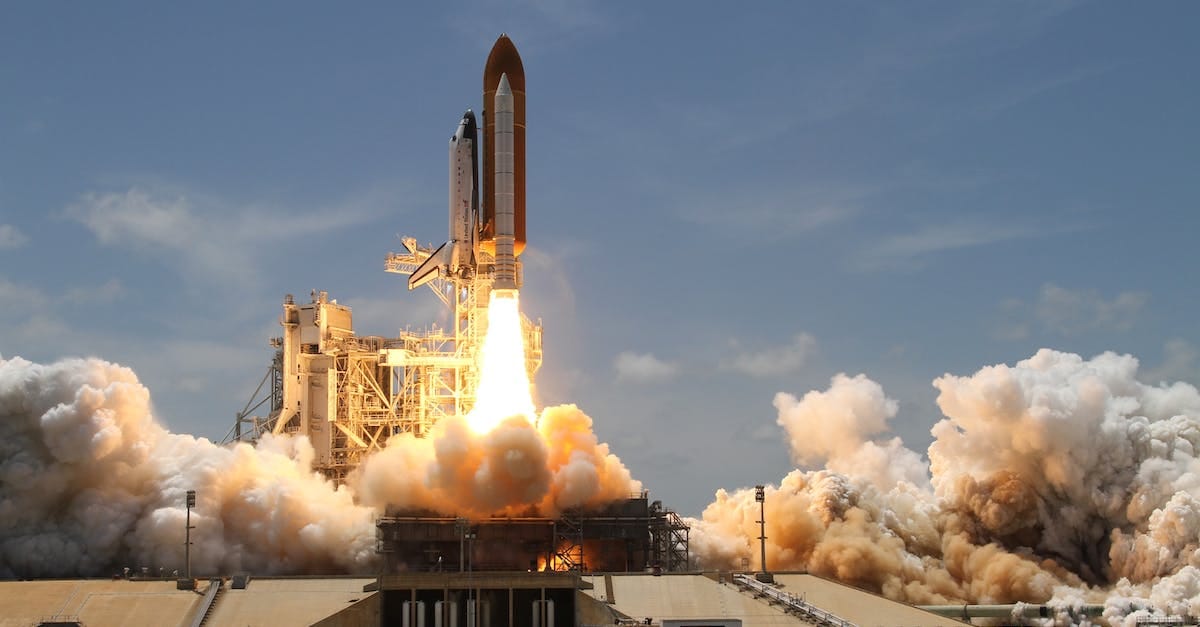SpaceX's Historic Booster B1058: A Record-Breaking Rocket with 18 Flights

Introduction
SpaceX, the pioneering private space company founded by Elon Musk, has been making significant strides in revolutionizing space travel. Among its achievements is the reusable Falcon 9 booster rocket, which has become a symbol of the company’s commitment to cost-effective space exploration. One particular Falcon 9 booster, identified as B1058, stands out from the rest, having completed an impressive 18 flights. This article delves into the history and significance of this remarkable rocket.
1. Breaking Barriers: A Maiden Launch with NASA Astronauts
On May 30, 2020, Falcon 9 booster B1058 made history by launching NASA astronauts Doug Hurley and Bob Behnken into orbit, marking the first time a commercial spacecraft had achieved this feat. This groundbreaking mission not only ended a nine-year gap in America’s capability to launch astronauts into low-Earth orbit but also showcased the reliability and efficiency of SpaceX’s technology.
2. The Battle Scarred Beauty of a Rocket
Having weathered 18 flights into space and back, Falcon 9 booster B1058 has acquired a unique appearance. The originally pristine white paint has gradually transformed into a charcoal hue, due to accumulated soot from the rocket’s exhaust. The iconic red NASA worm logo, once prominent, has now faded to near-invisibility. The battle scars of this rocket bear testament to its incredible journey through the cosmos.
3. A Record-Breaking Launch: 18 Flights and Counting
On a recent launch, Falcon 9 booster B1058 surpassed another Falcon 9 booster, previously tied at 17 flights, making it the most extensively flown rocket in SpaceX’s fleet. This extraordinary achievement demonstrates the enhanced durability and reusability of the Falcon 9 boosters, marking a significant leap towards reducing the costs associated with space missions.
4. Countless Satellites: An Integral Part of the Journey
Through its 18 flights, Falcon 9 booster B1058 has played a crucial role in deploying an astounding 846 satellites into space. According to astrophysicist and spaceflight tracker Jonathan McDowell, this number includes over 5,000 Starlink satellites, which form SpaceX’s ambitious global internet connectivity initiative. With the growing success of the Starlink program, SpaceX is considering extending the limit on Falcon 9 booster flights beyond 20 for these satellite deployments.
5. A Flourishing Launch Schedule: SpaceX’s Ambitious Goals
Friday’s launch marked the 79th successful flight of a Falcon rocket in 2023. SpaceX is striving to achieve a total of 100 launches by the end of December, followed by an ambitious target of 144 launches in 2023. With these objectives in mind, SpaceX aims to increase launch frequency to an average of one flight every two-and-a-half days, solidifying its position as a frontrunner in the private space industry.
6. A Remarkable Success Streak
Since 2016, the Falcon 9 and Falcon Heavy rockets from SpaceX have impressively achieved 249 consecutive successful launches. This remarkable track record underscores the company’s commitment to innovation, reliability, and safety in the field of space exploration. By continuously improving its rockets and technologies, SpaceX continues to push the boundaries of what is possible in the realm of commercial space travel.
Conclusion
The journey of Falcon 9 booster B1058 exemplifies the transformative impact SpaceX has had on the space industry. With its record-breaking 18 flights and numerous satellite deployments, this rocket serves as a testament to the advancements in reusable rocket technology. SpaceX’s ambitious goals and unrelenting drive for innovation suggest a future of ever-increasing possibilities in space exploration and satellite deployment. As we witness this ongoing revolution in the private space industry, B1058 shines as a beacon of success, pushing humanity closer to realizing the dream of accessible and cost-effective space travel.




